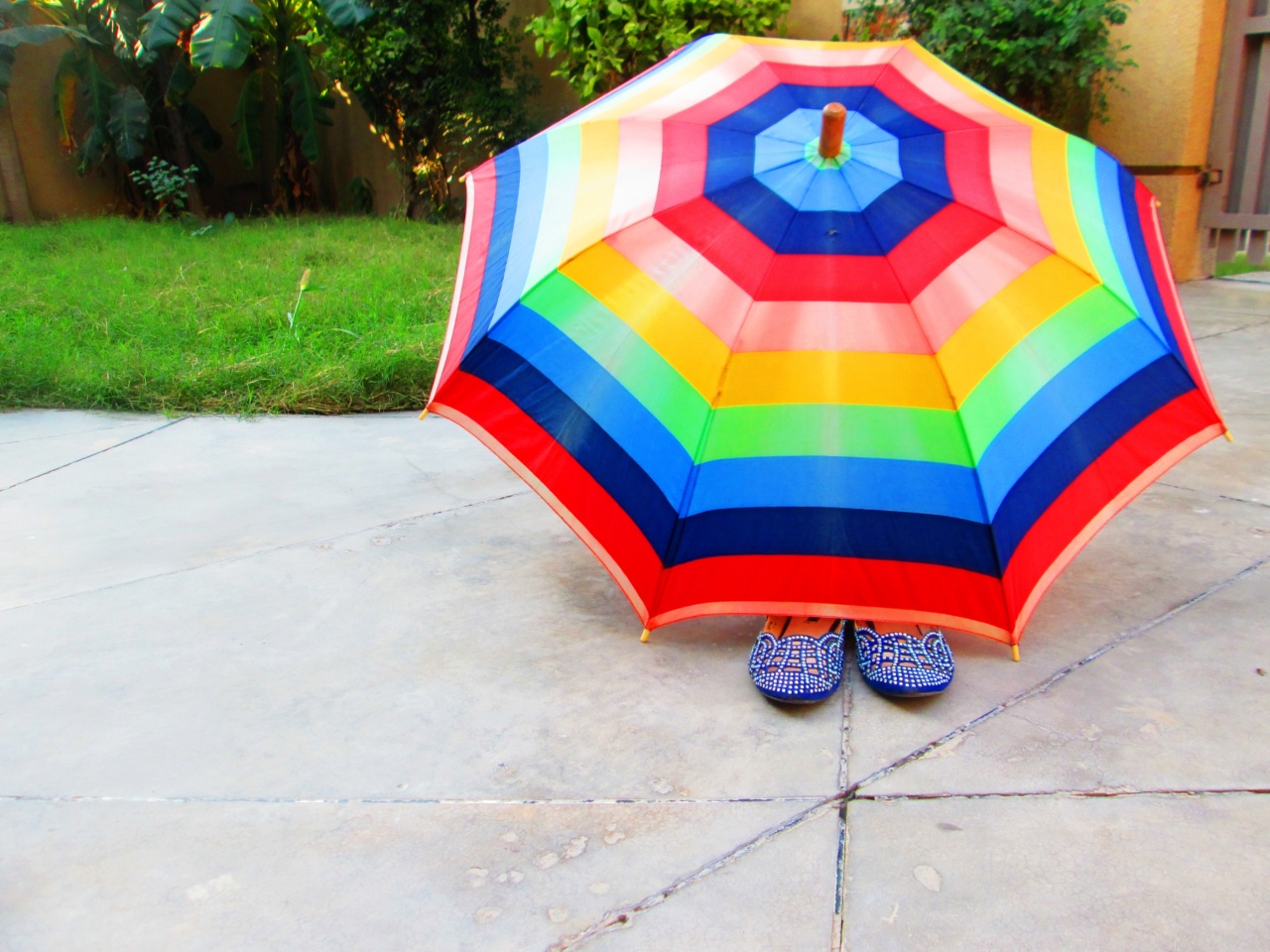Umbrellas are commonly associated with rainy weather, offering a shield from the downpour. However, they are also often used as a source of sun protection, especially during the scorching summer months.
While umbrellas do provide shade and can offer some level of relief from the hot sun, their sun protection capabilities are often overestimated by many individuals.
It is important to understand that umbrellas alone are not foolproof in safeguarding you from harmful UV rays.
Understanding UV Rays and Sun Protection
Before we delve into the limited effectiveness of umbrellas as sun protection, let us first explore the concept of UV rays and the mechanisms through which sun protection works.
UV (ultraviolet) radiation is a type of electromagnetic radiation emitted by the sun. There are three main types of UV rays: UVA, UVB, and UVC.
UVA rays penetrate deep into the skin and contribute to premature aging, while UVB rays are responsible for sunburns. UVC rays, on the other hand, are mostly absorbed by the ozone layer and do not reach the Earth’s surface.
To protect ourselves from the harmful effects of UV rays, it is essential to understand the sun protection factor (SPF). SPF is a measure of how long a sunscreen will protect the skin from UVB rays, specifically sunburns.
It is crucial to note that SPF ratings do not directly relate to protection against UVA rays, which can lead to long-term skin damage.
Aside from using sunscreen, wearing protective clothing, such as broad-brimmed hats, long-sleeved shirts, and pants, is highly recommended.
However, when it comes to using umbrellas for sun protection, things are not as straightforward as they may seem.
Limited Coverage and the Angle of the Sun
When you think of using an umbrella for sun protection, you probably imagine standing directly under it, shielded from the sun’s rays. However, the coverage provided by an umbrella is far from complete.
Firstly, the shape and size of most umbrellas limit their ability to cover your entire body. The typical handheld umbrella is designed to primarily shield your head and upper torso, leaving your arms, legs, and other parts exposed to the sun.
Even larger umbrellas cannot fully protect you from the sun’s rays if you are walking or engaging in outdoor activities.
Another crucial aspect to consider is the angle of the sun. The effectiveness of an umbrella in offering sun protection greatly depends on the position of the sun relative to your location.
For instance, during midday when the sun is directly overhead, an umbrella may provide more shade. However, during early morning or late afternoon, when the sun is closer to the horizon, the shade cast by an umbrella becomes significantly shorter.
Limitations of Umbrella Materials
While umbrella fabrics are designed to shield you from rain, they may not effectively block UV rays. Some umbrellas claim to provide UV protection, but the level of protection can vary greatly depending on the materials used.
Traditional umbrella fabrics, such as nylon or polyester, typically have a thin weave that can allow significant amounts of UV radiation to pass through.
To enhance sun protection, some manufacturers incorporate special coatings or add UV-blocking substances to the fabric. However, these enhancements can degrade with time and use, reducing the umbrella’s ability to shield you from harmful rays.
It is important to note that while some umbrellas may offer better UV protection than others, they are unlikely to rival the protection provided by dedicated sun protection products such as sunscreen, UPF-rated clothing, or wide-brimmed hats.
The Importance of Full-Spectrum Sun Protection
When it comes to protecting your skin from the sun, relying solely on an umbrella for sun protection is insufficient. To safeguard your skin from both UVB and UVA rays, a comprehensive approach is necessary.
Using a broad-spectrum sunscreen with an appropriate SPF is fundamental.
The American Academy of Dermatology recommends using a sunscreen with at least SPF 30, applying it generously to all exposed areas of the skin, and reapplying every two hours or after swimming or sweating excessively.
Seeking shade whenever possible is also crucial. However, it is important to note that not all shade is created equal. If you find yourself relying on an umbrella for shade, be aware of its limitations and take additional measures to protect your skin.
Wearing UPF-rated clothing that covers as much skin as possible is an excellent way to complement any sun protection methods you employ. Wide-brimmed hats, sunglasses, and seeking shade under trees or shelters can provide additional relief.
Understanding UV Index and Its Importance
Another aspect to consider when using umbrellas for sun protection is the UV Index. The UV Index is a measurement of the strength of UV radiation from the sun at a particular place on a given day.
It is a scale ranging from 0 to 11+, with higher values indicating greater UV intensity.
Checking the UV Index before heading outdoors can help you determine the level of sun protection you need. If the UV Index is high, seeking proper sun protection methods beyond relying solely on an umbrella becomes even more important.
The Psychological Impact of Umbrellas
While umbrellas may not provide complete sun protection, they can still serve a purpose beyond their physical functionality.
Umbrellas can provide individuals with a sense of comfort and reassurance, allowing them to venture outdoors despite the blistering heat or the fear of sunburn.
The psychological aspect of using an umbrella for sun protection should not be overlooked. It can empower individuals and provide them with a sense of control over their exposure to the sun’s harmful rays.
However, it is essential to combine this psychological comfort with effective sun protection strategies to ensure the well-being of your skin.
Educating Others about Umbrella Limitations
Given the widespread use of umbrellas as sun protection, it is essential to educate others about their limitations.
Encouraging friends, family, and colleagues to adopt a comprehensive approach to sun protection can significantly reduce their risk of skin damage.
Share information about the importance of sunscreen, protective clothing, and seeking shade. Explain that umbrellas, while useful in some scenarios, should not be solely relied upon for sun protection.
By spreading awareness and promoting a more holistic understanding of sun protection, we can ensure that individuals take the necessary steps to safeguard their skin when exposed to sunlight.
Conclusion
Umbrellas are undoubtedly useful tools in protecting against rain and can offer partial shade from the sun. However, it is crucial to recognize their limitations when it comes to providing comprehensive sun protection.
To effectively shield your skin from harmful UV rays, adopting a multifaceted approach is paramount.
Combining broad-spectrum sunscreen, UPF-rated clothing, seeking shade, and using umbrellas as an additional measure can help minimize the risk of sunburns, premature aging, and other forms of sun damage.






























